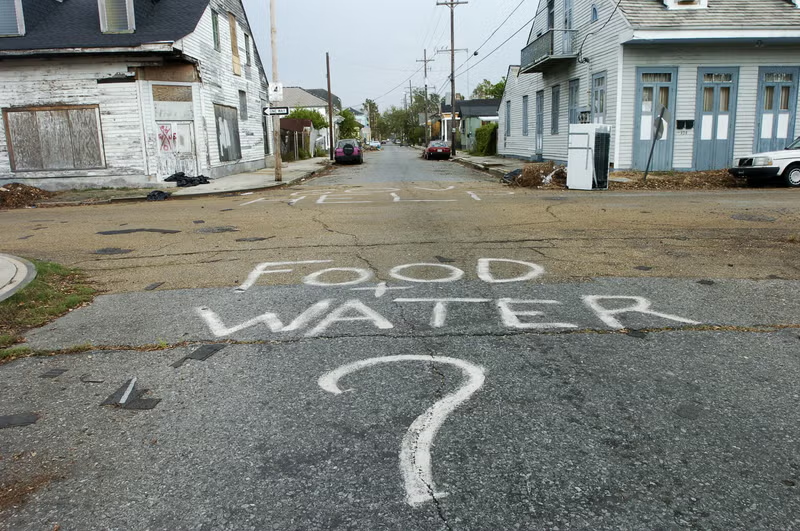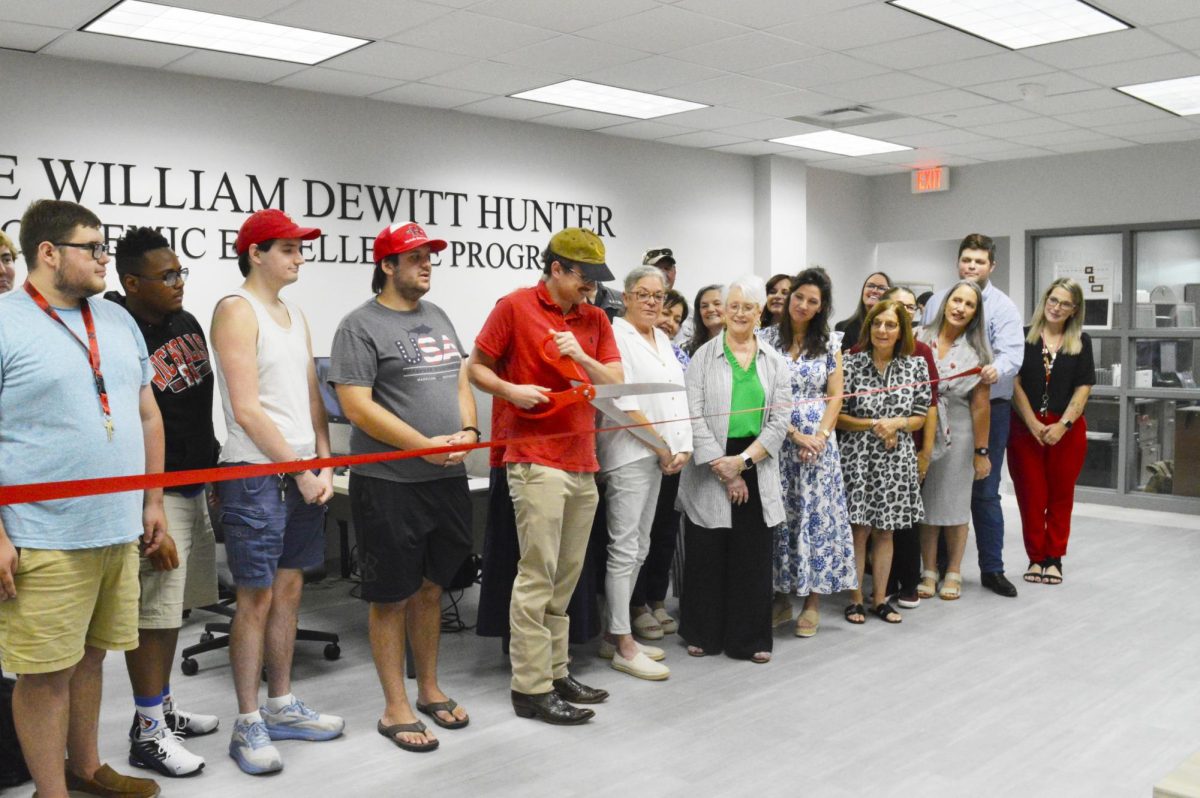Students wanting to learn more about Louisiana’s extensive wetlands need to look no further than the Barrataria-Terrebonne National Estuary Program located in Babington Hall. The BTNEP’s newest approach to teaching about the ecology of southeastern Louisiana is a multi-disciplinary curriculum called The Spirit of the Estuary: Using Art to understand Ecology. The curriculum addresses wetland issues using art, dance and music.
The series covers a multitude of subjects from when and where to build, what kind of animals make the wetland their home and the disappearance of the wetlands. It has a three-chapter format designed to fit in a binder making it easy for people to share information.
“We cannot educate everyone. This problem is bigger than one agency, one group. We need everyone to help,” Testroet-Bergeron, formal education coordinator for the BTNEP, said.
Testroet-Bergeron said she believes educating people is key to keeping the estuary healthy, not only here in Louisiana, but also throughout the country.
“We must be vigilant and bold in saying what we give this nation,” Testroet-Bergeron said. “Oil, gas, fisheries, shrimp.”
An estuary is a coastal area where salt water from the ocean mixes with fresh water from rivers, rainfall and upland runoff.
The BTNEP, one of only 28 in the country, was established in 1991 to address the many issues facing the Louisiana ecosystem.
“These issues are issues of survival and are definitely relevant to Nicholls students,” Kerry St. P, program director, said.
Nicholls is in the center of the BTNEP, which is 2.4 million acres and lies between the Mississippi and Atchafalaya rivers and stretches to the Gulf of Mexico.
The estuary contains 735 species of birds, finfish, shellfish, reptiles, amphibians and mammals.







